Hey there! If you’re looking to add some unique creatures to your fish tank, sea sponges can be a great option. These Porifera animals have porous bodies and can make for fascinating pets. Sea sponges may look simple, but they play an important role in marine ecosystems. Before getting one, there are a few things you should know about their care requirements, diet, and lifespan. For example, what do sea sponges eat, and how to keep sea sponges as pets?
Content Table
In this guide, we’ll explore all the basics of sea sponges and how you can keep them as pets in your fish tank. Whether you’re an experienced aquarist or just starting, here are some useful tips.
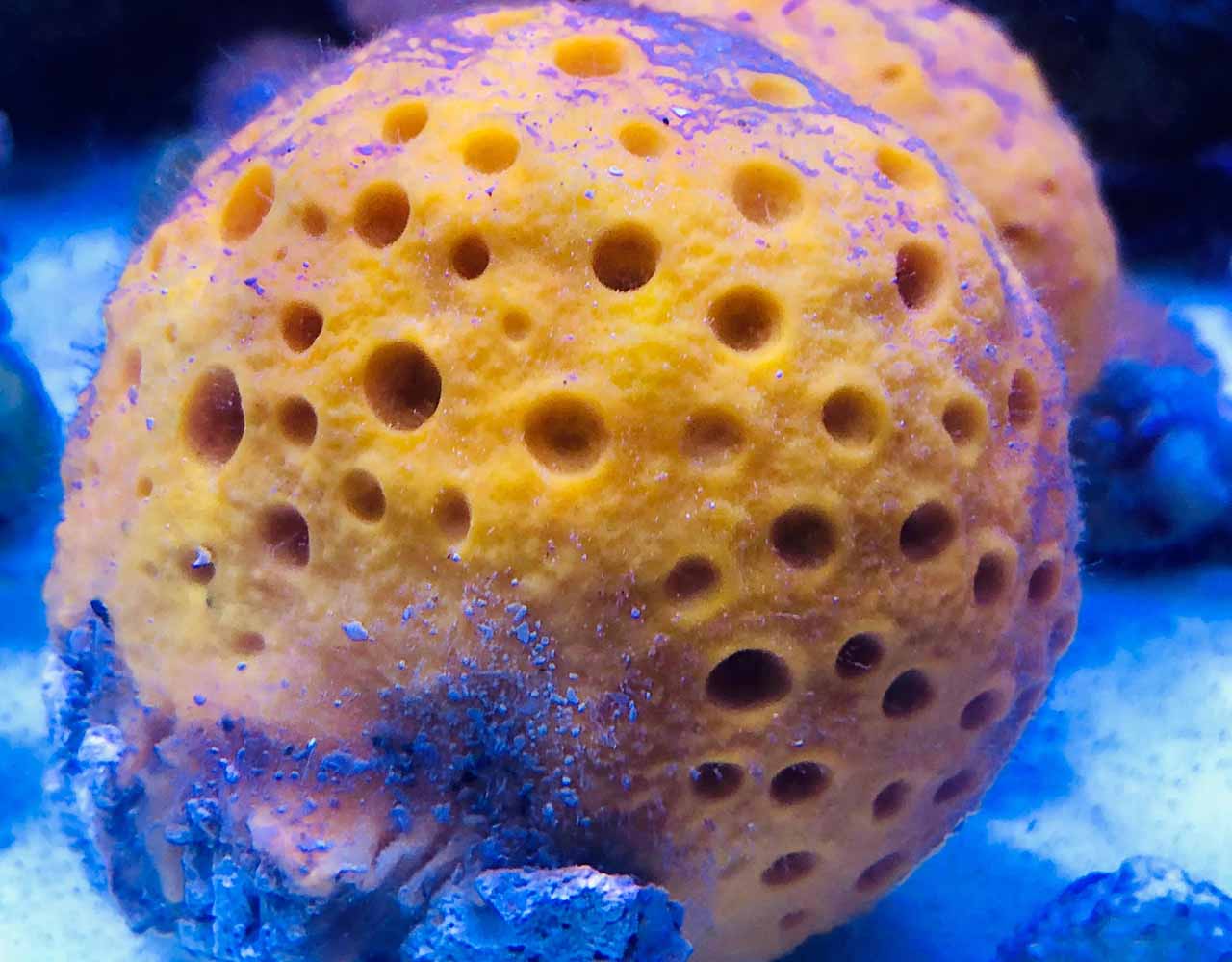
Sea sponge
What is a Sea Sponge
Sea sponges, being members of the phylum Porifera, are great living organisms with unique features. These are small ones among many other multicellular organisms that live in the ocean and form their bodies by salt and water. The marine sponges feature a great diversity of shapes, sizes, and colors, and some species are giants. They either cling themselves to the bottom of the ocean or any surface and trap the food particles within the water flow that goes through their bodies.
Is sea sponge an animal
Seen as animals, indeed, sea sponges do. They belong to the phylum Porifera and are multicellular organisms that do not have in fact tissues. Seas sponges are filter feeders. As the water comes to them, pass through their bodies by their porosity. To put it simply, sea sponges may not at all look or behave like other creatures in the water, but they’re still living things that have a vital function in the marine ecosystem.
What do Sea Sponges Eat
Sea sponges are like the ultimate opportunists of the ocean floor – they don’t go hunting for specific meals! Instead, they rely on the currents to bring them tiny food particles. Here’s how and what they eat:
1. Filter Feeders
Sponges in the oceans are undisputed champs of filter feeding. Their bodies are all permeable by the pores called ostia which are in the microscopic length. Soil pores make it possible for water to run from one point to another, taking the nutrients along with it while doing so.
2. Choanocytes on Patrol
Behind the sponge, some cells that have the function of ‘choanocytes’ eject filter systems for the collection of tasty food particles. All choanocytes are equipped with a collar that filters water and retains plankton, bacterial, and organic particles of food.
3. Flagella Power
These sponges have tiny high-powered flagella on the choanocytes which keep beating and creating a current through which the water flows in, and the food particles are being caught.
4. Not Picky Eaters
The current determines what is on the menu, and the sponge’s response is to select and eat what it receives. They don’t discriminate against food and feed on all microscopic creatures. They never stop pleasing themselves with the continuous flow of water.
5. Some Sponges Get Help
Interestingly, sponges have symbiotic relationships with algae or bacteria in their cell cavities. The tiny associates of the sponge contribute to food production via either photosynthesis or through the disintegration of dissolved organic matter, and the sponge benefits by having additional nutrients.
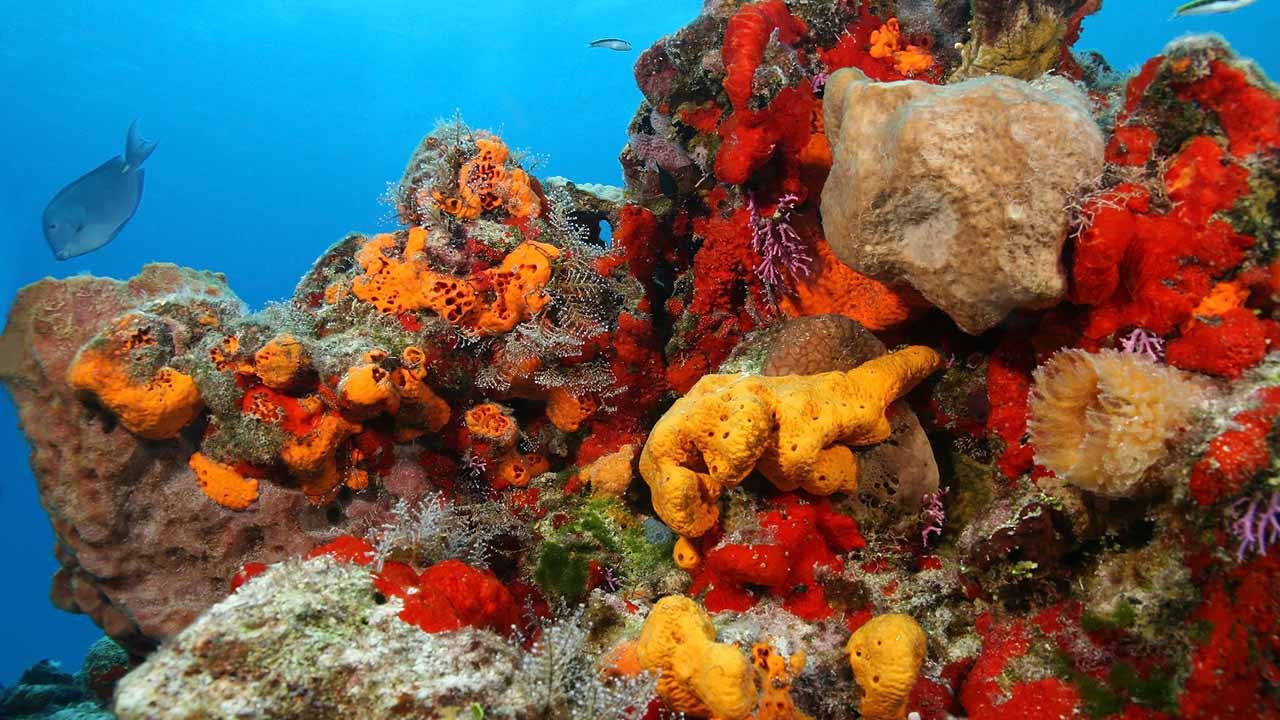
What do sea sponges eat
How to Keep a Sea Sponge as a Pet
Keeping a sea sponge as a pet in a tank can be a fun and relatively easy experience, but there are some things to consider before diving in (pun intended!). Here’s a how-to do it:
Tank Requirements
1. Saltwater
Sea sponges, and invertebrates, in marine water also sustain their life in a stable saltwater aquarium with parametric stability. Target a 6-month used tank with a well-established biofilter to take care of the sponge waste.
2. Water Parameters
It all depends on the particular species of sponge. Look for scientific research that will help you determine a specific sponge’s optimal temperature (generally 72-78°F), salinity (around 34 ppt), and water chemistry (trace elements, pH, etc.). Keep steady conditions and low parameters with routine testing and adjusting.
3. Water Flow
The majority of the sponge species are adapted to the moderate, indirect water flow. Do not pass through the areas of powerful or turbulent currents that move the brittle structure of the sponge. Shoot for a sweet, renewable stream that lifts solid particles toward the sponge.
4. Lighting
Light requirements vary. Various sponge species can do well with only a minimal level of indirect sunlight, while others might be killed by too many sun rays, resulting in an algal bloom. Educate yourself on what suits your particular sponge regarding light.
Feeding
- Filter Feeders: Sponges are not plants and don’t photosynthesize. They are filter feeders, extracting food particles from the water column.
- Plankton: An established tank with a healthy population of microfauna (copepods, rotifers) and phytoplankton can provide some food for the sponge.
- Supplemental Feeding: Especially in smaller tanks, supplemental feedings may be necessary. Use commercially available live phytoplankton or plankton cultures to ensure a steady supply of food particles.
- Careful Dosing: Avoid overfeeding, as excess food particles can clog the sponge’s pores and harm it. To avoid the issue, set up an auto top-off to keep water and salinity levels stable in marine aquariums.
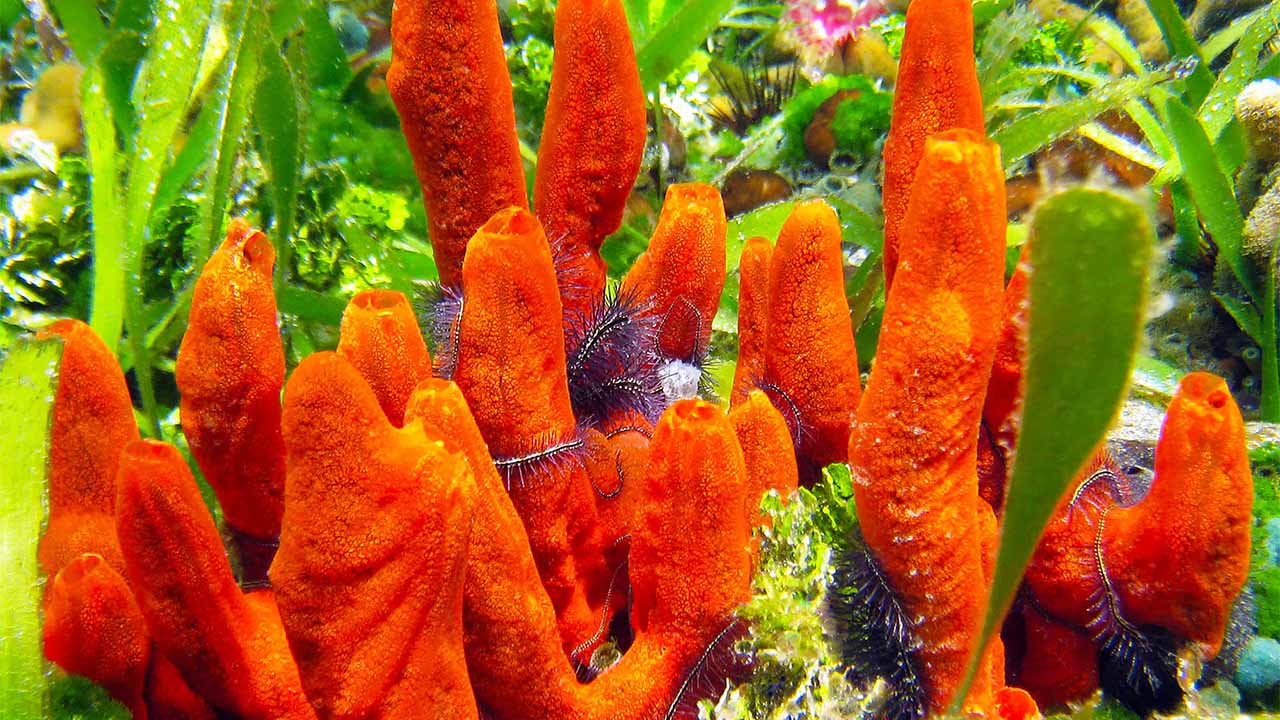
Keep sea sponges as pets
Additional Considerations
1. Species Selection
Putting all kinds of marine sponges into the aquarium is impossible. Restrict yourself from the “live sponges” presented in consumer aquariums, which would most probably be extracted from natural habitats in unsustainable ways, or have conditions that can’t be easily replicated in home aquariums.
2. Susceptibility
Sponge culture is most susceptible to adverse water quality components, alterations within parameters, and some chemical medications used in aquaria. Maintain clean water parameters and use medications only when they are suddenly necessary.
3. Limited Research
Through the lack of current research, it has been hard to develop methods and techniques to grow sponges from different species. Finding similar and proven methods and approaches for warming water, supplementing foods, and air circulation for sponges needs more dedicated researchers. Being equipped to customize your route based on your direct interaction with the unique specimen of a sponge.
Secrets of Sea Sponges
Before diving into this, let’s talk about bath sponges.
Are Bath Sea Sponges Alive?
The sponge in your shower isn’t alive! It’s made from the skeleton of a sea sponge, which is the leftover part after the animal dies. This skeleton is handy for scrubbing because it’s strong and fibrous.
However, real sea sponges are very much alive!
Amazing Things About Sea Sponges
- Ancient Origins: They’re some of the oldest multicellular animals on Earth, with fossils dating back over 700 million years.
- Masters of Filtration: Sponges are filter feeders, drawing water in through tiny pores and extracting nutrients and microscopic food particles. Some sponges can filter thousands of liters of water a day!
- Symbiotic Relationships: Many sponges house beneficial bacteria inside their bodies. These bacteria help the sponge digest food and sometimes even provide nutrients.
- Architectural Marvels: Sponges come in a mind-boggling variety of shapes, sizes, and colors. Some resemble vases, others branching structures, and some are brightly colored.
- Temperature Tales: Certain sponge species can act like underwater thermometers. Their skeletons record growth patterns scientists can use to reconstruct past ocean temperatures. This helps us understand historical climate trends.
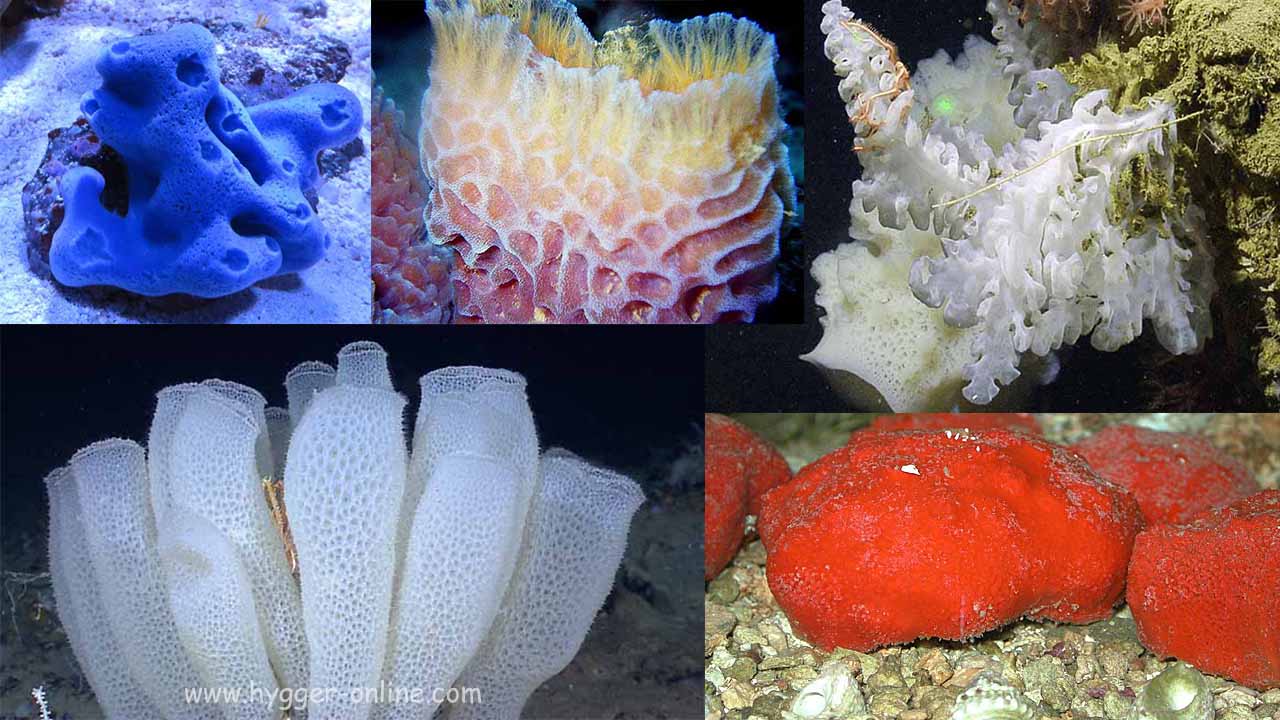
Secrets of sea sponges
Sea Sponges and Climate Projections
The ecosystems of sea sponges and their anticipated adaptation under various climate change scenarios are discussed further in the following paragraphs. The future of sea sponges under the effect of climate change is unknown. Here’s what we know:
1. Vulnerability
Some sponge populations are especially intolerant to steadily increasing seawater temperatures. Rising ocean acidification can cause stress to sponge species and disrupt their biological processes, weakening shells or even leading to the death of the sponge.
2. Potential Winners
The changes not only induce the decline of other species but may continuously lead to the development of new species. Warm waters may provide such groups of sponges a selective advantage over some other organisms like corals, making way for sponge species to expand their range.
3. Early Warning System
Sponges may refer to a quick sign of environmental alterations. Sponges serve as the early warning system; by monitoring their aqueous condition, scientists receive a broad spectrum of data on the entire health of marine ecosystems.
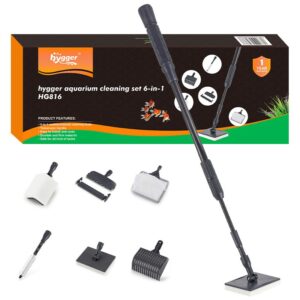
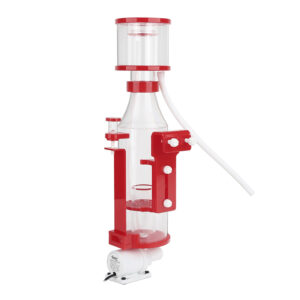
Leave a comment